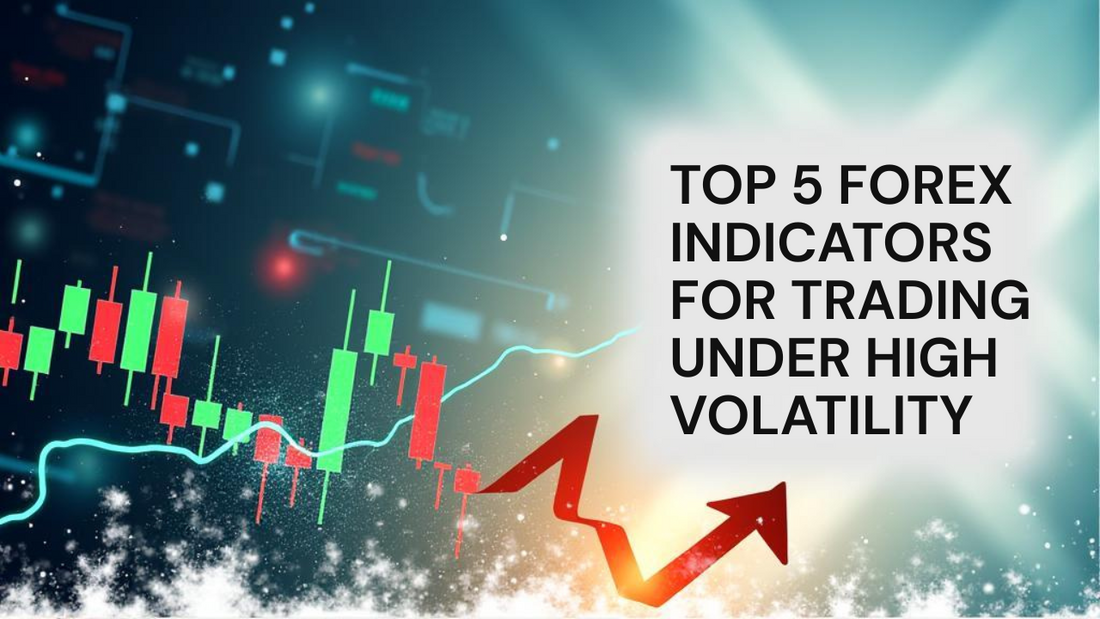
Top 5 Forex Indicators for Trading Under High Volatility
Share
When it comes to trading in the foreign exchange market, navigating high volatility can be a challenging task. However, with the right tools and strategies in place, traders can capitalize on these market conditions and achieve success. One key aspect of successful forex trading is the use of indicators to analyze market trends and make informed decisions. In this blog post, we will explore the top 5 forex indicators that are essential for trading under high volatility.
1. Average True Range (ATR)
The Average True Range (ATR) indicator is a popular tool for measuring market volatility. It calculates the average range between the high and low prices over a specific period, providing traders with insight into the level of price movement. During times of high volatility, the ATR can help traders identify potential entry and exit points, as well as set appropriate stop-loss levels.
2. Bollinger Bands
Bollinger Bands are another valuable indicator for trading in volatile markets. These bands consist of a simple moving average and two standard deviations, which create a channel around the price action. When the market experiences high volatility, the bands widen, indicating increased price movement. Traders can use Bollinger Bands to identify overbought or oversold conditions and anticipate potential trend reversals.
3. Relative Strength Index (RSI)
The Relative Strength Index (RSI) is a momentum oscillator that measures the speed and change of price movements. During periods of high volatility, the RSI can help traders determine whether a currency pair is overbought or oversold, signaling potential trend reversals. By combining RSI readings with other indicators, traders can make more informed decisions in volatile market conditions.
4. Moving Average Convergence Divergence (MACD)
The Moving Average Convergence Divergence (MACD) is a trend-following momentum indicator that shows the relationship between two moving averages of a security's price. In high volatility environments, the MACD can help traders identify changes in momentum and confirm the strength of a trend. By analyzing the MACD line and signal line crossovers, traders can spot potential entry and exit points with greater accuracy.
5. Stochastic Oscillator
The Stochastic Oscillator is a popular momentum indicator that compares a security's closing price to its price range over a specific period. During times of high volatility, the Stochastic Oscillator can help traders identify potential trend reversals and generate buy or sell signals. By using the %K and %D lines, traders can gauge the strength of a trend and make well-informed trading decisions.
By incorporating these top 5 forex indicators into their trading strategy, traders can navigate high volatility with confidence and precision. Remember, successful trading requires a combination of technical analysis, risk management, and discipline. Stay informed, stay focused, and always be prepared to adapt to changing market conditions.



